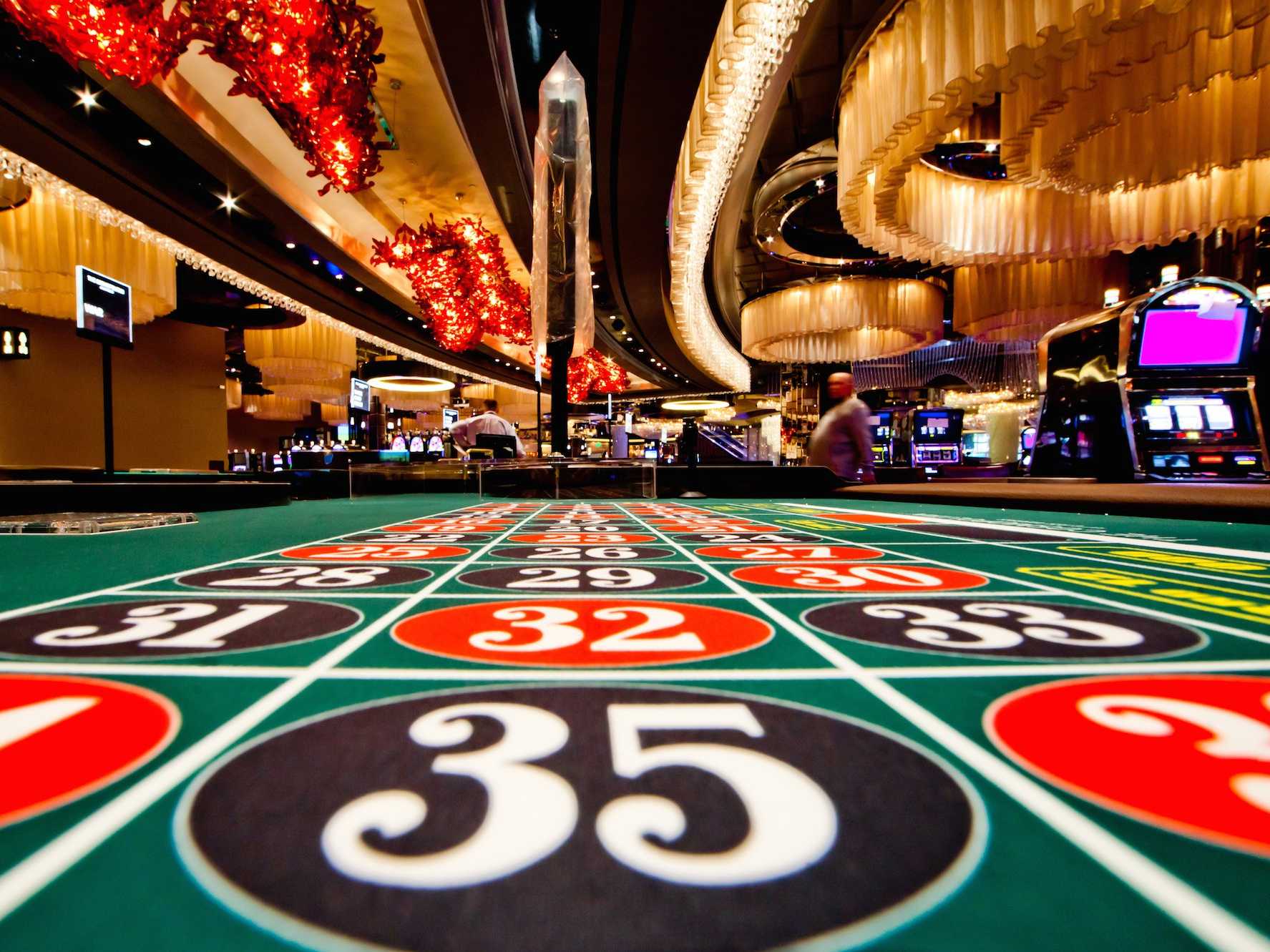The manner in which Gambling Games Utilize Shade and Layout to Attract Participants
- theinsightfulpost.co.uk
- 0
- Posted on

In the lively and thrilling world of casinos, wherein luck and strategy intertwine, color and aesthetic play a key role in drawing in gamblers. From the moment visitors step inside a casino or access a gaming platform, they are enveloped in a sightly feast that grabs their attention and entices them to discover further. Vivid colors, engaging graphics, and innovative layouts are meticulously crafted to create an atmosphere of thrill and anticipation, ultimately enhancing the gaming encounter.
As players navigate through the ever-changing landscape of casino games, they encounter a range of designs that not only serve aesthetic purposes but also influence feelings and decision-making. Hues like scarlet and yellow symbolize wealth and luck, while soothing navy and emeralds can create a more relaxed environment. Grasping how these elements function together enables casinos to create an inviting and energizing atmosphere that encourages players to interact with the games, invest additional time at the tables, and increase their overall enjoyment.
The Psychology of Tint in Gaming Establishments
Hue plays a critical role in the creation of gaming experiences, shaping players’ emotional states and behaviors. Bright and striking colors, such as scarlet and gold, are often used to ignite enthusiasm and draw notice. These hues create a feeling pressure and energy, encouraging players to participate more readily with the game. mmlive By intentionally selecting tints, designers aim to elicit feelings of joy and expectation, which can enhance the total player experience.
Distinct colors also have psychological associations that can influence how players perceive their odds of success. For instance, lime is frequently associated with good fortune and wealth, making it a popular choice in activities like the roulette wheel and poker setups. This association can lead participants to feel more hopeful and confident in their play, ultimately inspiring them to stake more. Comprehending these connections allows game creators to craft environments that enhance player enjoyment and engagement.
In addition, the interface of casino game interfaces often employs color gradients and contrasting hues to direct players’ actions. For example, winning results may be emphasized with bright, opposing hues, creating a visual incentive. This method reinforces favorable outcomes and promotes repeated participation. By leveraging color psychology, gambling establishments can design activities that not only draw participants but also maintain them interested and invested in their play experience.
Creative Features that Engage Gamers
The visual appeal of gambling games is primarily influenced by the implementation of vibrant colors. Bright and striking colors are deliberately chosen to create an appealing atmosphere that captures interest. For example, crimson and golds often signify luck and wealth, which is why they are prevalent in the palettes of slot machines and table surfaces. These colors not only attract players in, but they also stir emotions related to thrill and anticipation, enhancing the total gaming experience.
In addition to color, the design and layout of gambling games play a significant role in captivating players. Games are designed to be intuitive, ensuring that players can quickly understand the guidelines and mechanics. Accessible interfaces, along with captivating graphics and animations, help maintain gamer interest and encourage extended play sessions. The physical elements, such as the texture of the buttons and the sounds of the games, also contribute to a comprehensive sensory experience that keeps players immersed.
In conclusion, conceptual elements in gaming design can significantly influence player choice. Many gambling games are inspired by media, myths, or adventure themes, featuring symbols and characters that resonate with players. These themes create a sense of engagement and connection, making each game feel unique. When players feel a connection to the theme, they are more likely to choose that game over others, leading to higher participation and enthusiasm within the casino environment.
Case Studies: Notable Gambling Game Designs
One noteworthy example of effective casino game design is the acclaimed slot machine series themed around blockbuster movies. Games such as those based on the Wizard of Oz and Game of Thrones utilize bright colors and superior graphics to enthrall players in well-known narratives. The application of moving visuals and engaging sound effects takes the attention of players, creating an affective connection to the theme. This strategy not only fosters longer play but also enhances the overall gaming experience, yielding increased player retention.
Another notable case is the application of the psychology of color in table games like 21 and roulette. Casinos often design these games with dark reds and greens, colors traditionally connected with luck and wealth. For instance, the green felt on a 21 table provides a soothing effect, while the red accents in the wheel invite excitement. This thoughtful use of color helps to establish an inviting atmosphere that stimulates players to participate, fulfilling their psychological impulses and increasing their enjoyment.
Finally, social casino games that feature community features and lively, colorful designs have achieved remarkable success in engaging players. hướng dẫn mmlive Games like Zynga Poker and Slotomania leverage striking colors and playful animations to establish an inviting online environment. The integration of leaderboards, community sharing options, and in-game rewards fosters competition and community, attracting players in for longer sessions. Such designs merely make the games visually enticing but also underscore social interaction, a vital factor in player retention and engagement within digital casino environments.
